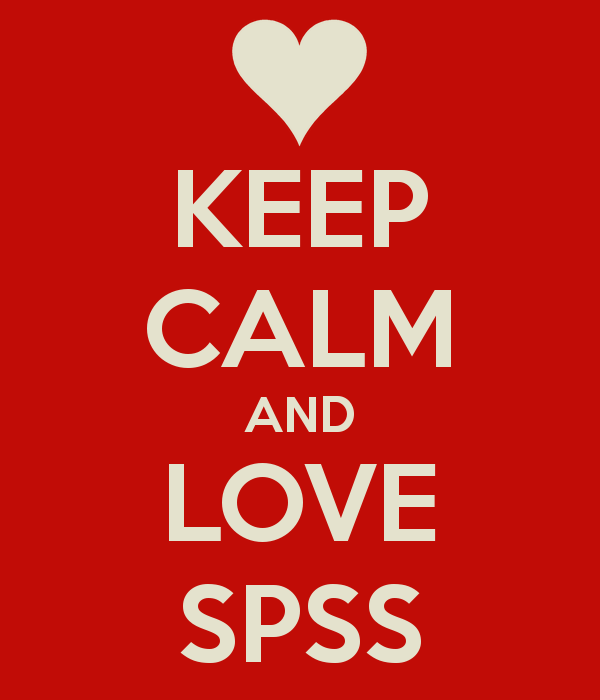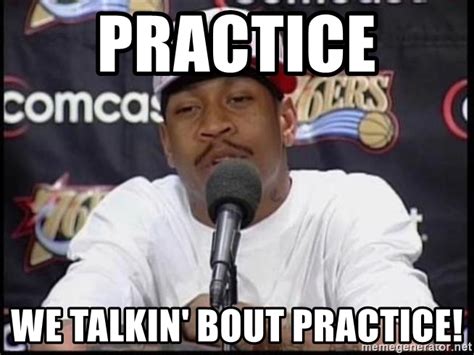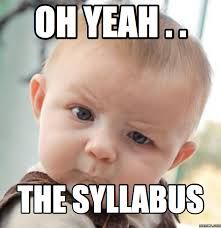Assignment: t-test for Dependent/Paired Samples (SPSS)
In this assignment (created by Dr. Kimberly A. Barchard and Dr. Leiszle Lapping-Carr), students learn how to use SPSS to compare dependent groups using the dependent samples t-test and using confidence intervals for the difference of the means. A detailed grading rubric is included. This assignment was designed to be completed with an existing dataset […]
Assignment: t-test for Dependent/Paired Samples (SPSS) Read More »



